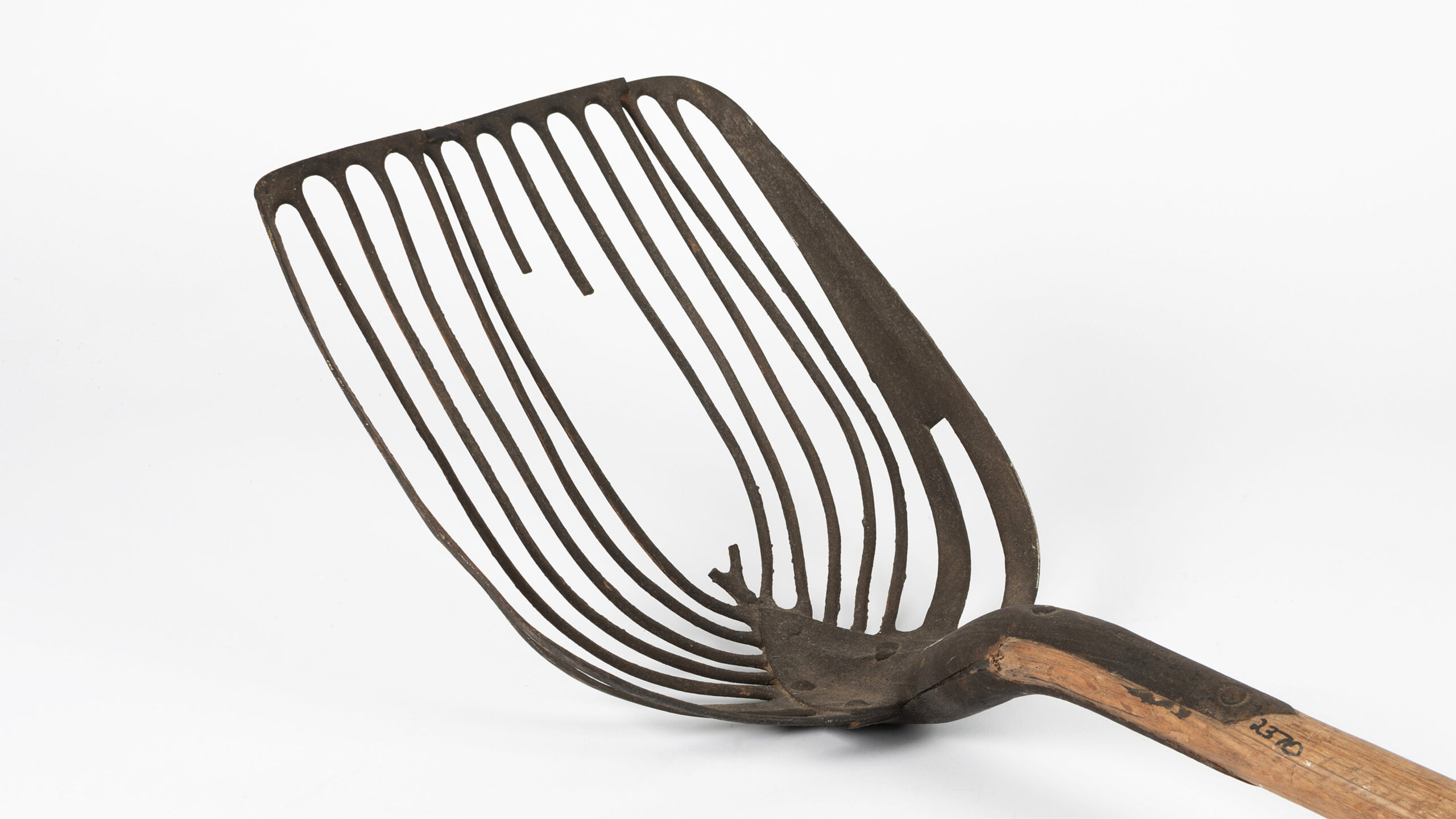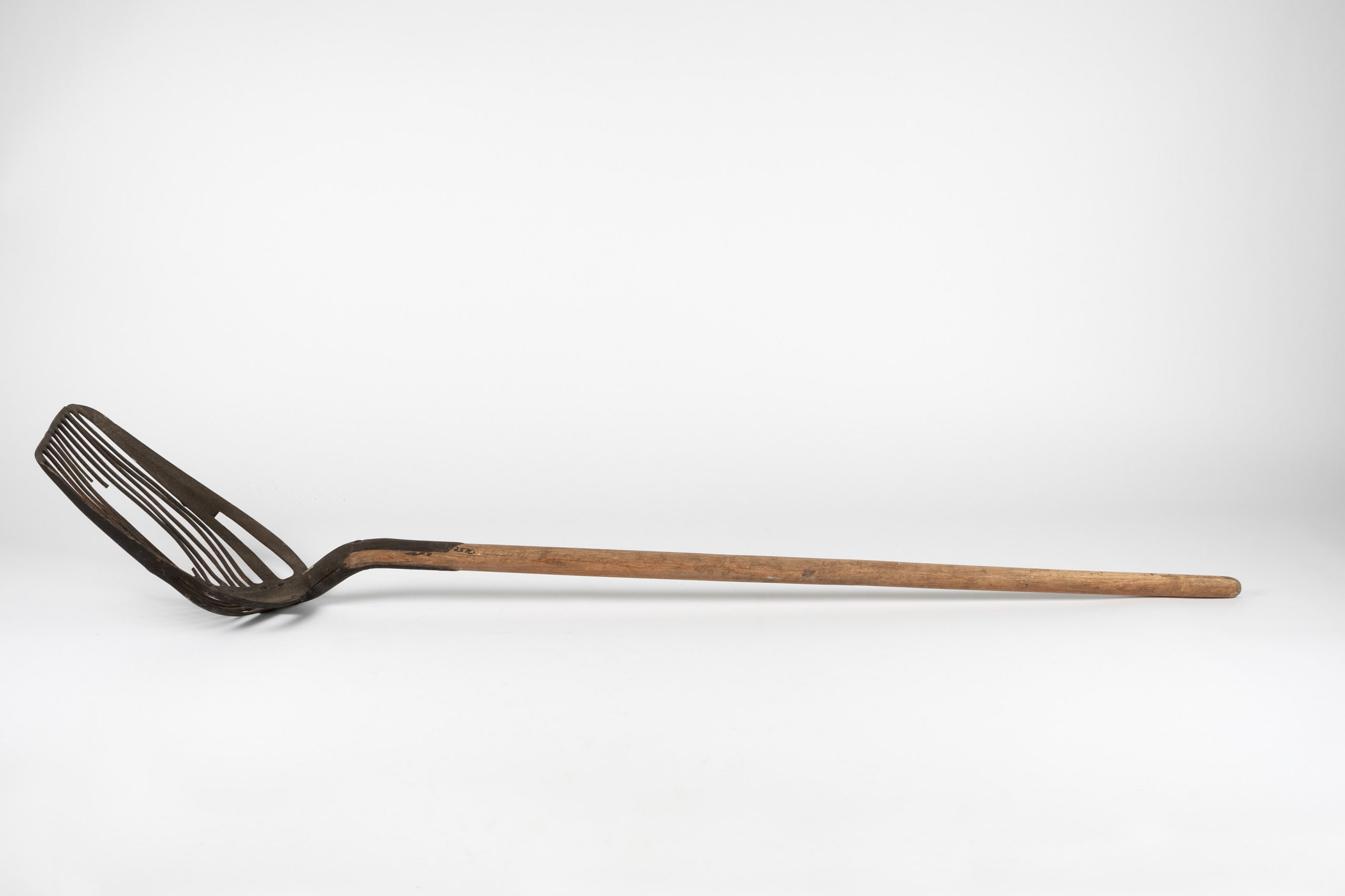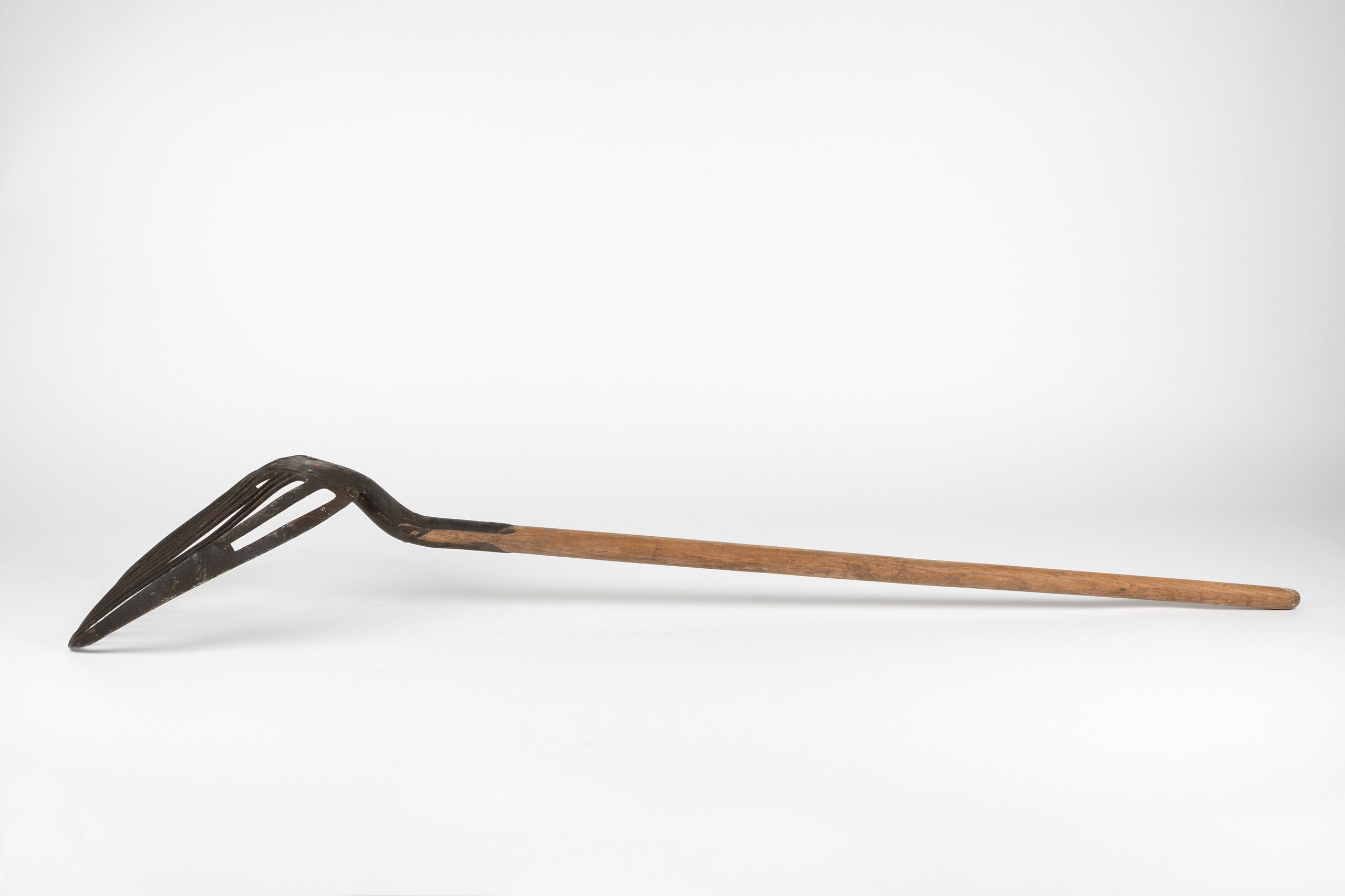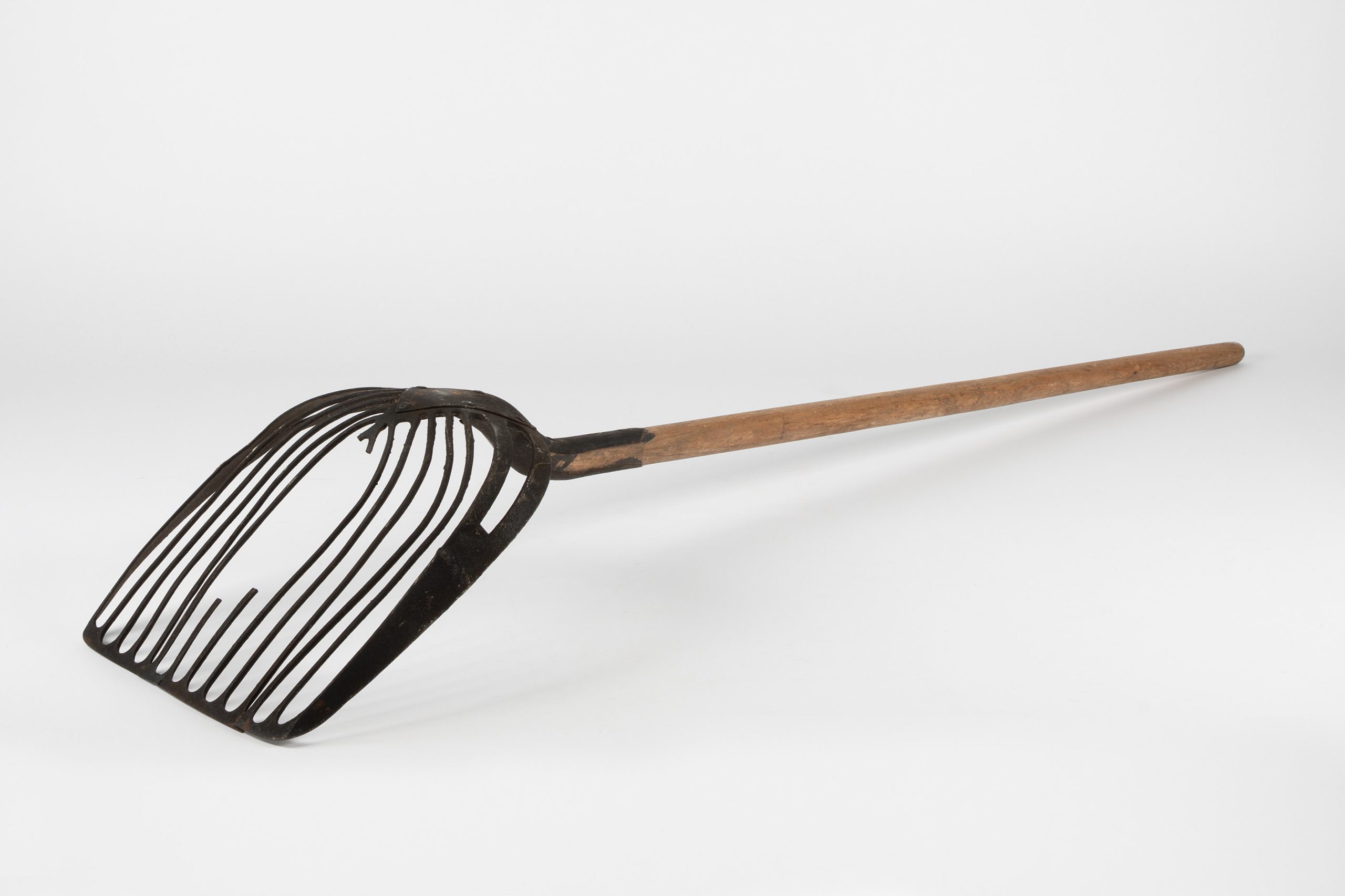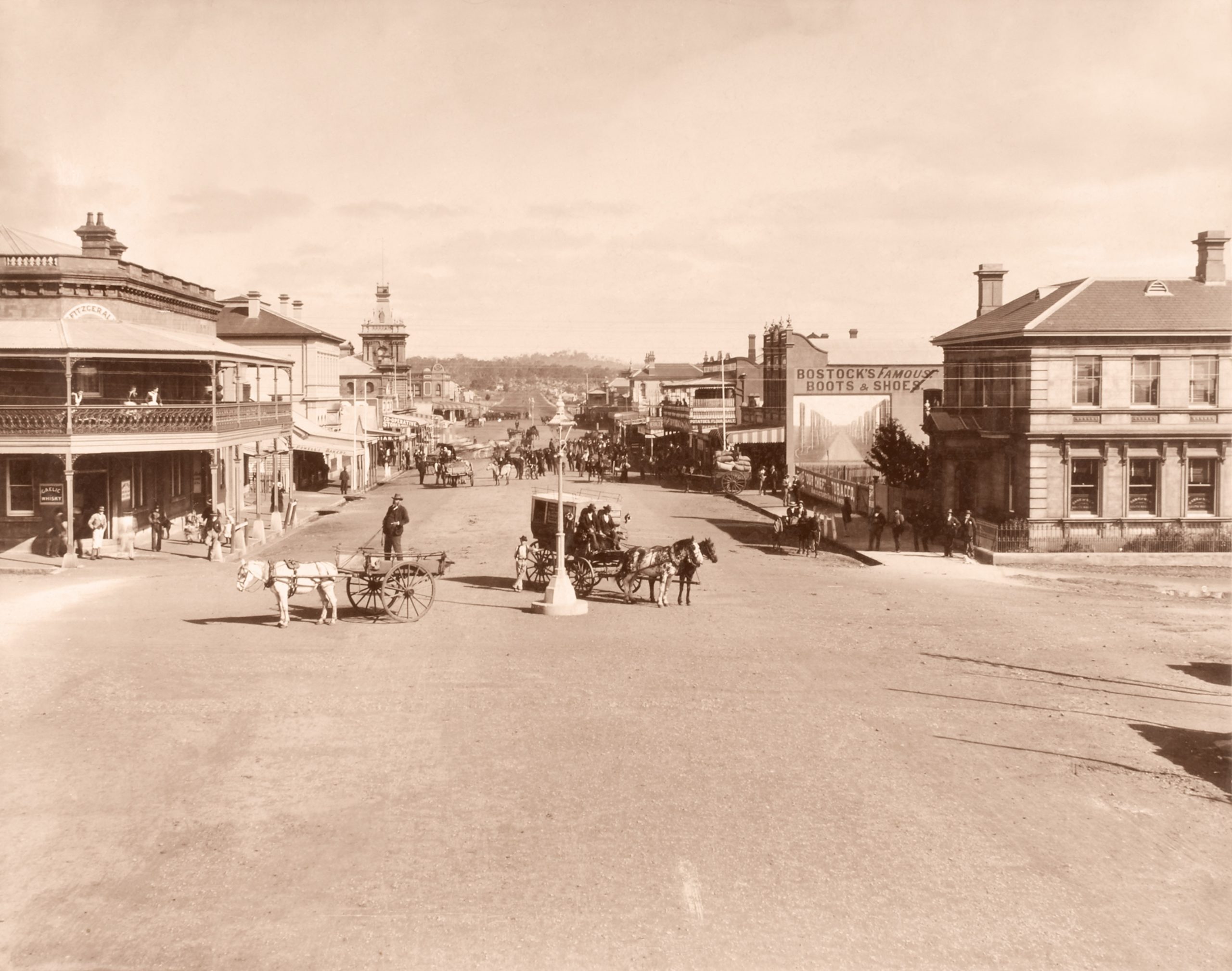Spade to Spud
Agricultural Experimentation at Glen Innes
Experiment farms were born of a desire to figure out what agricultural practices worked best in any given region. The government hoped that funding farmers to test a range of crops and cultivation methods would result in the local industry generating higher yields and, in turn, higher revenue.
Established in 1901, the Glen Innes Experiment Farm was no different as it sought out useful information for farmers in the New England Tablelands. Richard Henn-Gennys (1857-1937), the son of a well-established English Naval officer, was tasked with managing the farm from its inception and continued to do so for two decades.
While working at the farm, Richard attempted to overcome what was perceived to be a lack of interest from locals regarding his findings through publishing results in local papers and giving lectures and site tours. One crop which was often mentioned in his reports was potatoes – a popular option for those in the region.
This shovel, made by Thomas Rowland and Sons Inc. (Pennsylvania, USA), was used to harvest potatoes somewhere around Glen Innes. The sifting blade made it easier to dig up potatoes as soil would simply fall through the tines and leave the vegetables behind. However, whoever used this may have been disappointed by the insights offered by the local experiment farm in the early twentieth century.
In 1912, an article bemoaned the lack of suitable land on the farm for cultivating potatoes despite it being a promising crop for the surrounding region. In 1913, they harvested ‘some good crops’ but found the potatoes were inferior to those grown a few kilometres south in Guyra where the soil was more friable and held less moisture.
From year to year, the variety in the lead for local favourite would change as new experiments were conducted. Queen of the Valley, Andirondack, or Coronation one year, and Brownwell’s Beauty the next. Ultimately, it seemed the soil in these early years just wasn’t best suited to potatoes even though the conditions seemed excellent nearby.
True to the nature of experimentation, not everything worked perfectly at the farm. So, it is fitting that the site – now known as the Glen Innes Agricultural Research and Advisory Station (GIARAS) – has remained in operation since.


